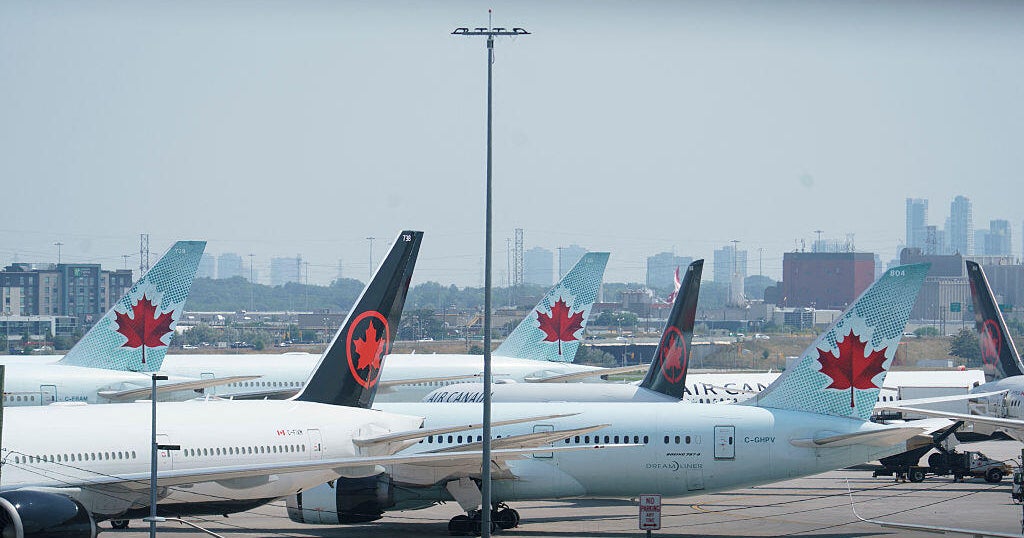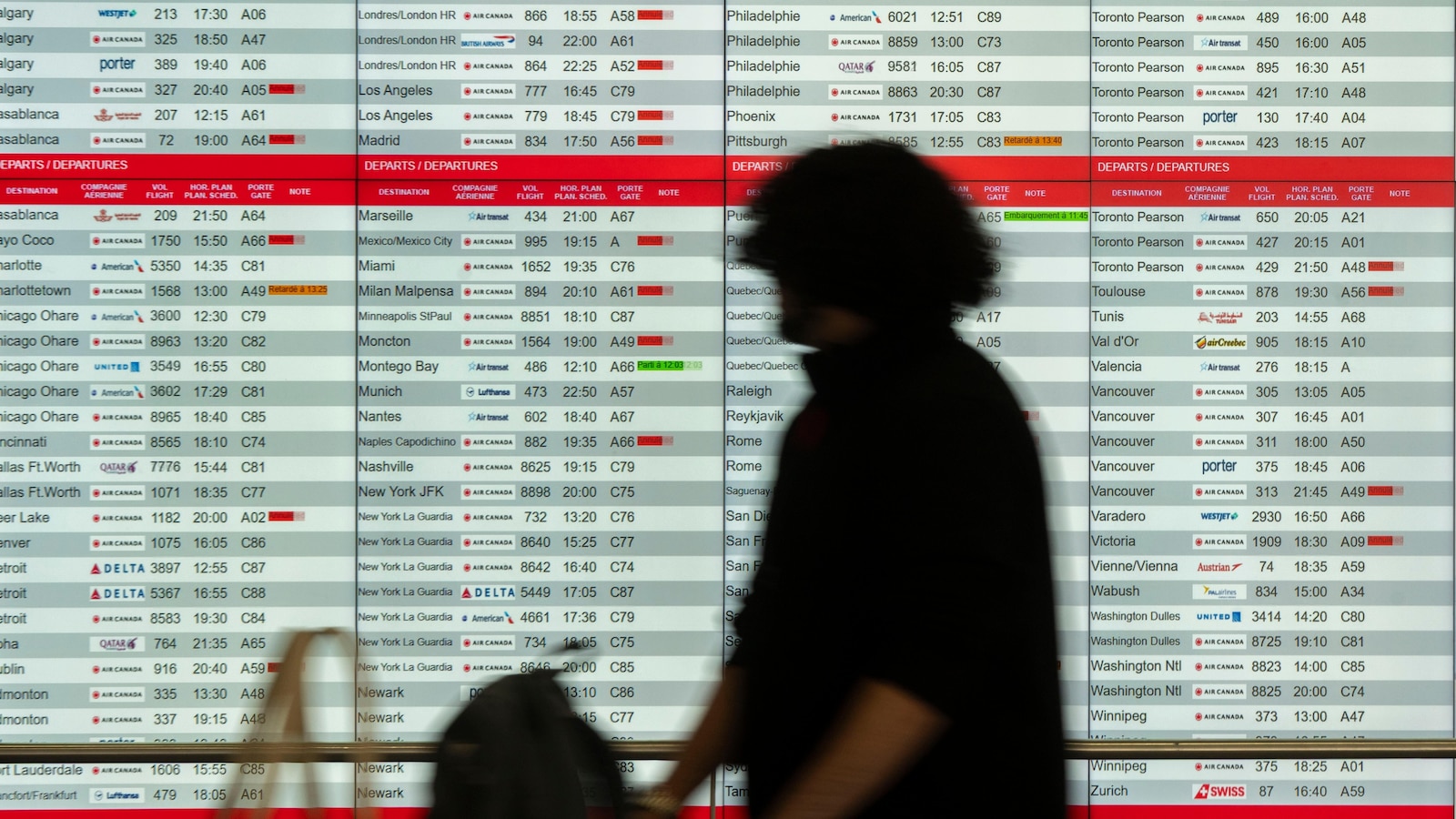Air Canada Strike Causes Chaos for Travelers

Introduction
In a major blow to travelers, Air Canada has postponed its plans to resume operations, after its flight attendants refused to end their strike. The strike, which began on Saturday morning, has left more than 100,000 travelers stranded around the world during the peak summer travel season. This has caused chaos and frustration for passengers who had booked flights with the airline.
Impact on Passengers
The strike has resulted in hundreds of canceled flights and long delays, causing inconvenience for travelers who were looking forward to their summer vacations. Many have been forced to make alternate travel arrangements or cancel their plans altogether. This has not only caused financial losses but also emotional distress for those affected. The strike has also had a ripple effect on other airlines, with some experiencing a surge in bookings and increased airfares.
Reasons for the Strike
The flight attendants are striking to protest against the airline's new collective bargaining agreement, which they say has inadequate working conditions and wages. They are also demanding better job security and benefits. Air Canada, on the other hand, argues that the new agreement is necessary for the airline's financial stability and to remain competitive in the industry. The strike is expected to continue until an agreement is reached.
About the Organizations Mentioned
Air Canada
Air Canada, founded in 1937 as Trans-Canada Air Lines (TCA), is Canada’s largest airline and the nation’s flag carrier, headquartered in Montreal. It was established by the Canadian government to provide transcontinental air service, originally operating under a government monopoly on domestic routes until deregulation began in the late 1950s[1][3][4]. The airline adopted the name Air Canada in 1965 and fully privatized by 1989 to compete in a more open market[1][2]. Air Canada serves over 220 destinations worldwide across six continents, operating a diverse and modern fleet of more than 400 aircraft, recognized for fuel efficiency and environmental considerations[7]. It is a founding member of the Star Alliance, enhancing its global connectivity through partnerships[2][7]. Major hubs include Toronto, Montreal, Vancouver, and Calgary, enabling extensive domestic and international network coverage[3][5]. Key milestones in Air Canada’s history include pioneering transcontinental flights in Canada, being the first North American airline to serve Moscow in 1966, and acquiring Canadian Airlines International in 2000, which positioned it as one of the world’s largest airlines[1][4]. The airline has faced challenges such as financial difficulties culminating in bankruptcy protection in 2003 and competition from low-cost carriers[5]. Despite this, it has maintained a significant role in Canadian and global aviation, carrying nearly 45 to 50 million passengers annually as of recent years[2][5]. Notably, Air Canada was the first airline globally to implement a computer reservation system with remote terminals in 1953, highlighting its early adoption of technology[3]. It holds a prestigious Four-Star ranking from Skytrax, reflecting high service standards among international airlines[7]. Overall, Air Canada represents a dynamic blend of historic legacy, technological innovation, and global reach, making it an influential player in the aviation business and a key facilitator of international trade and travel for Canada.








